Home>Garden Essentials>How Long Can Heirloom Seeds Last
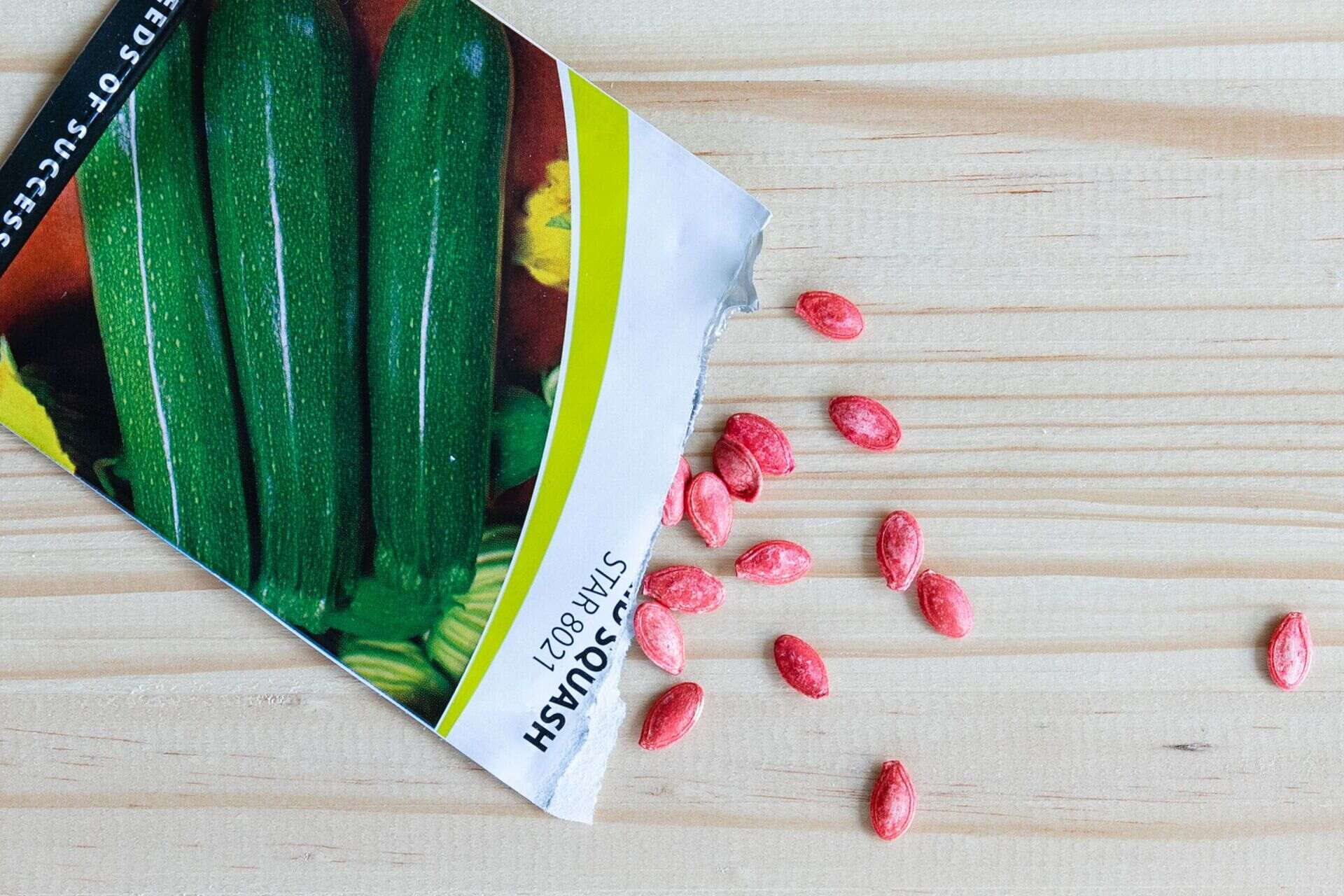

Garden Essentials
How Long Can Heirloom Seeds Last
Modified: March 16, 2024
Discover the longevity of heirloom seeds in your garden and learn how long they can last. Start preserving your favorite varieties for future harvests.
(Many of the links in this article redirect to a specific reviewed product. Your purchase of these products through affiliate links helps to generate commission for Storables.com, at no extra cost. Learn more)
Introduction
When it comes to gardening, many enthusiasts are turning to heirloom seeds for their unique characteristics and historical significance. Heirloom seeds are seeds that have been passed down from one generation to another, carefully preserved for their remarkable traits and ability to adapt to different growing conditions. These seeds offer a glimpse into our agricultural heritage and provide an opportunity to grow plants that may not be readily available in commercial seed catalogs.
In addition to their cultural value, heirloom seeds also tend to have a longer lifespan than hybrid or genetically modified varieties. This means that, if stored properly, they can be saved and used for multiple growing seasons, making them a cost-effective and sustainable choice for gardeners.
However, the longevity of heirloom seeds relies on several factors, including their storage conditions, the type of seed, and the age of the seed. It is crucial for gardeners to understand these factors and implement proper storage methods to ensure the viability of their heirloom seeds.
In this article, we will explore the fascinating world of heirloom seeds, delve into the factors that affect their longevity, discuss the best practices for storage, and debunk common misconceptions surrounding their viability. Whether you are a seasoned gardener or a novice, this information will help you maximize the potential of your heirloom seeds and enjoy bountiful harvests for years to come.
Key Takeaways:
- Heirloom seeds, like the Brandywine Tomato and Moon and Stars Watermelon, can last for years if stored properly. Regular viability testing ensures successful germination and a bountiful harvest.
- Proper storage methods, such as keeping seeds dry and cool, can extend the lifespan of heirloom seeds. Testing their viability before planting ensures a fruitful growing season.
Read more: How Long Can I Store Heirloom Seeds
What are heirloom seeds?
Heirloom seeds are seeds that have been passed down through generations of gardeners. These seeds are typically open-pollinated, meaning they are pollinated naturally by wind, insects, or other natural means, rather than through human intervention.
What sets heirloom seeds apart is their history and unique characteristics. These seeds have been carefully selected and preserved for their desirable traits, such as taste, color, size, and disease resistance. They often have a rich and storied lineage, dating back several decades or even centuries.
Many gardeners and seed enthusiasts are drawn to heirloom seeds because they offer a connection to our agricultural past. By growing heirloom plants, we can experience the same flavors and varieties that our ancestors enjoyed. It’s like taking a step back in time and preserving a piece of our cultural heritage.
Heirloom seeds come in a wide variety of plants, including vegetables, fruits, herbs, and flowers. Some popular examples include the Brandywine tomato, the Scarlet Runner bean, the Moon and Stars watermelon, and the Black Krim tomato. Each heirloom variety has its own unique story and set of characteristics, making the world of heirloom seeds an exciting and diverse place for gardeners to explore.
It’s worth noting that while heirloom seeds are open-pollinated, they are not the same as genetically modified (GM) seeds. Heirloom seeds are pure and natural, maintaining their genetic integrity through natural pollination. This distinction is important for gardeners who value organic and sustainable gardening practices.
Overall, heirloom seeds bring a sense of nostalgia, a connection to the past, and a world of diverse flavors and varieties to the modern garden. By cultivating these seeds, we can embrace our gardening heritage and contribute to the preservation of these remarkable plants for future generations to enjoy.
Factors that affect the longevity of heirloom seeds
The longevity of heirloom seeds can vary depending on several factors. Understanding these factors will help gardeners make informed decisions when it comes to seed saving and storage. Here are the key elements that can impact the lifespan of heirloom seeds:
- Moisture: Excessive moisture is one of the biggest threats to seed longevity. Seeds need to be stored in a dry environment to prevent mold and degradation. Moisture can also cause the seeds to sprout prematurely, reducing their viability.
- Temperature: Extreme temperatures, both hot and cold, can affect seed viability. It’s best to store heirloom seeds in a cool, dry place, such as a refrigerator or a cool basement, to maintain their quality.
- Light exposure: Prolonged exposure to light can reduce the viability of seeds. It’s important to store seeds in opaque containers or envelopes that block out light.
- Seed maturity: Seeds that have fully matured before harvest tend to have a longer shelf life. Harvesting seeds too early can result in lower viability.
- Seed cleaning: Properly cleaning and removing debris from seeds before storage can help prevent the growth of mold or bacteria that could harm the seeds.
- Seed type: Some seeds naturally have a longer lifespan than others. For example, tomato seeds have been known to last for over a decade when stored properly, while lettuce seeds may have a shorter viability period.
- Storage container: The type of container used for seed storage can make a significant difference. It’s best to use containers that are airtight and moisture-proof, such as glass jars or mylar bags, to protect the seeds from environmental factors.
By taking these factors into consideration and implementing proper storage methods, gardeners can significantly extend the longevity of their heirloom seeds. This ensures that the seeds remain viable and ready for planting in future growing seasons, allowing gardeners to continue enjoying the unique characteristics and flavors of their favorite heirloom varieties.
Proper storage methods for heirloom seeds
Proper storage is essential for maintaining the viability and longevity of heirloom seeds. By following these recommended storage methods, you can ensure that your precious seeds remain viable and ready for future planting:
- Keep seeds dry: Moisture is the enemy of seed longevity. It’s crucial to store seeds in a dry environment to prevent mold, rot, and damage. Place silica gel packets or dry rice in the seed storage container to absorb any excess moisture.
- Store seeds in cool temperatures: Extreme temperatures, both hot and cold, can reduce seed viability. Ideally, seeds should be stored in a cool and stable environment. A temperature between 32°F (0°C) and 41°F (5°C) is optimal for most seeds.
- Protect from light: Prolonged exposure to light can degrade seed quality. Store seeds in opaque containers or envelopes to shield them from light. Alternatively, you can store the seeds in a dark and cool place, like a refrigerator or a dark cabinet.
- Choose suitable containers: The storage container you choose plays a vital role in preserving seed viability. Opt for airtight containers that can keep out moisture, air, and light. Glass jars with rubber sealed lids, mylar bags, or vacuum-sealed bags are excellent choices for seed storage.
- Label and organize: Properly labeling your seed packets or containers with the name, year, and any other relevant information will help you stay organized. This way, you can easily identify and find the seeds you need when it’s time to plant.
- Store seeds in a stable environment: Fluctuations in temperature and humidity can negatively impact seed viability. Avoid storing seeds in areas with extreme temperature changes, such as garages or sheds. Instead, choose a location that maintains a relatively stable environment.
- Rotate your seed stock: It’s important to use your oldest seeds first and rotate your seed stock regularly. This ensures that you are using seeds with the highest viability and helps prevent the loss of seed quality over time.
By following these proper storage methods, you can maximize the longevity of your heirloom seeds and ensure a higher rate of germination when it’s time to plant. Proper seed storage is an investment in the future, allowing you to continue growing and enjoying your favorite heirloom varieties for years to come.
Store heirloom seeds in a cool, dry place in airtight containers. Properly stored, they can last 3-5 years. To extend their life, consider freezing them in airtight bags.
Testing the viability of heirloom seeds
Before planting saved heirloom seeds, it’s important to test their viability to ensure a successful germination rate. Testing the viability of seeds can help you determine if they are still viable and worth planting. Here are some methods to test the viability of heirloom seeds:
- Germination test: The most common method for testing seed viability is the germination test. Simply place a number of seeds on a damp paper towel or a seed-starting mix and keep them in a warm and well-lit area. Monitor the seeds over a period of time and observe how many sprout. A high germination rate indicates good viability.
- Float test: This test is particularly useful for larger seeds, such as beans or peas. Fill a container with water and place the seeds inside. The ones that float are likely not viable because they have dried out or have been damaged. The seeds that sink to the bottom are more likely to still be viable.
- Vigor test: This test measures the overall health and strength of the seeds. Plant a selection of seeds in pots or trays and observe how quickly and robustly they grow. Healthy and vigorous seedlings indicate good seed viability.
- Seed viability charts: Some plants have known average seed viability periods. Consulting seed viability charts can give you a general idea of the expected lifespan of specific seeds. However, it’s important to remember that viability can vary depending on storage conditions and other factors.
It’s recommended to test a small batch of seeds rather than testing all your saved seeds. This way, you can conserve your seed supply while still getting a good estimate of viability. If the test results indicate low viability, you can consider purchasing fresh seeds or collect new ones during the next growing season.
Remember, even if the viability test shows lower germination rates, it doesn’t mean that all the seeds will fail to sprout. Some seeds might still be viable but have a lower germination rate. It’s up to your discretion whether to take a chance and plant the seeds with lower viability or seek alternatives.
By testing the viability of your heirloom seeds before planting, you can better plan your garden, optimize seed usage, and increase the likelihood of successful germination. This allows you to make the most of your heirloom seed collection and ensure a fruitful growing season.
Read more: How Long Can Sunflower Seeds Last
Common misconceptions about heirloom seed longevity
There are several misconceptions surrounding the longevity of heirloom seeds. These misconceptions can lead to misunderstandings and may impact how gardeners handle and store their seed collections. Let’s debunk some of these common misconceptions:
- Heirloom seeds last forever: While heirloom seeds have the potential to last longer than hybrid or genetically modified seeds, they do not last forever. The longevity of seeds depends on various factors such as storage conditions, seed type, and age. Proper storage and regular viability testing are necessary to ensure the continued viability of heirloom seeds.
- Seeds expire on a specific date: Unlike food products, seeds do not have an expiration date. Instead, the viability of seeds gradually decreases over time. Some seeds may remain viable for several years, while others may have shorter lifespans. It’s important to regularly test the viability of stored seeds to determine their germination potential.
- All heirloom seeds have the same lifespan: The longevity of heirloom seeds varies depending on the type of seed. Different plant varieties have different seed characteristics and lifespans. For example, seeds of lettuce and corn tend to have shorter viability periods compared to tomato or squash seeds. It’s important to research and understand the specific characteristics and lifespan of each heirloom seed variety.
- Freezing seeds ensures indefinite viability: While freezing seeds can help prolong their viability, it does not guarantee indefinite longevity. Improper thawing or moisture exposure during freezing can damage the seeds. Freezing can be a useful method for short-term seed storage, but seeds may lose viability over longer periods of freezing.
- The older the seed, the better: While it’s fascinating to come across heirloom seeds with a rich history, the age of the seed does not necessarily correlate with better germination or vigor. The viability of old seeds can diminish over time, especially if they have not been stored properly. It’s essential to assess the viability of older seeds through germination tests before relying on them for planting.
- Heirloom seeds cannot be revived once they go dormant: Some gardeners mistakenly believe that if heirloom seeds become dormant or fail to germinate, they are no longer viable. However, certain techniques like scarification (breaking seed coat dormancy), stratification (exposing seeds to cold temperatures to simulate winter), or soaking can help revive dormant seeds and improve their germination rates.
By dispelling these misconceptions, gardeners can better understand the factors that affect heirloom seed longevity and make informed decisions about storing, testing, and utilizing their seed collections. With the right knowledge and practices, gardeners can enjoy the benefits of heirloom seeds for many growing seasons to come.
Examples of heirloom seeds with exceptional longevity
While the viability of heirloom seeds can vary, some varieties are known for their exceptional longevity when stored properly. These seeds have proven their ability to remain viable for extended periods, making them highly valuable to gardeners and seed savers. Here are a few examples of heirloom seeds with impressive longevity:
- Brandywine Tomato (Solanum lycopersicum): The Brandywine Tomato is a beloved heirloom variety known for its exceptional flavor. Its seeds have shown remarkable longevity, with reports of successful germination even after 10 years or more in proper storage conditions.
- Scarlet Runner Bean (Phaseolus coccineus): This heirloom bean variety, known for its vibrant red flowers and edible beans, has a reputation for long-lasting viability. Under ideal storage conditions, Scarlet Runner Bean seeds can remain viable for up to 5 years or longer.
- Moon and Stars Watermelon (Citrullus lanatus): The Moon and Stars Watermelon is a visually stunning heirloom variety with dark green skin speckled with yellow “moons” and larger yellow “stars.” Its seeds have demonstrated excellent longevity, with viability reported up to 8 years or more when stored in cool, dry conditions.
- Black Krim Tomato (Solanum lycopersicum): Another popular heirloom tomato variety, the Black Krim Tomato, is known for its rich, smoky flavor and deep reddish-purple color. Its seeds have shown impressive longevity, remaining viable for 5-7 years or more under proper storage conditions.
- Kentucky Wonder Pole Bean (Phaseolus vulgaris): This heirloom pole bean variety is cherished for its excellent flavor and productivity. Kentucky Wonder Pole Bean seeds can maintain viability for up to 4-6 years when stored in cool, dry environments.
It’s important to note that these examples represent the potential longevity of well-preserved heirloom seeds. The actual lifespan of any seed will depend on various factors mentioned earlier, including storage conditions and seed type.
Gardeners who wish to preserve the exceptional longevity of heirloom seeds should prioritize proper storage measures. Choosing suitable containers, maintaining optimal temperature and humidity levels, and conducting regular viability tests will help ensure the continued viability of these valuable heirloom varieties.
By cultivating and preserving these heirloom seeds with exceptional longevity, gardeners can not only enjoy the unique flavors and characteristics of these heritage plants but also contribute to the preservation of these valuable genetic resources for future generations.
Conclusion
Heirloom seeds offer a connection to our agricultural heritage, allowing us to preserve and enjoy unique flavors, varieties, and stories from the past. While the longevity of heirloom seeds may vary depending on various factors, proper storage methods and regular viability testing can help maximize their viability and ensure successful germination.
Understanding the factors that affect seed longevity, such as moisture, temperature, and light exposure, is crucial for preserving seed viability. By keeping heirloom seeds dry, cool, and protected from light in suitable containers, gardeners can extend the lifespan of their precious seed collections.
Gardeners should also debunk common misconceptions surrounding heirloom seed longevity, such as the belief that seeds last forever or expire on a specific date. Regular viability testing and rotating seed stock will help ensure that only viable seeds are planted, maximizing the chances of successful germination.
While some heirloom seeds have shown exceptional longevity, each variety may have its own lifespan. Examples such as Brandywine Tomatoes, Scarlet Runner Beans, Moon and Stars Watermelons, Black Krim Tomatoes, and Kentucky Wonder Pole Beans demonstrate the potential for long viability when stored in optimal conditions.
Preserving heirloom seeds is not only about preserving history and unique flavors; it is also about preserving genetic diversity. By cultivating and saving heirloom seeds, gardeners contribute to the preservation of heritage plants and help maintain a robust and diverse seed bank for future generations.
As gardeners, we have the opportunity to be stewards of these valuable genetic resources. By implementing proper storage methods, conducting viability tests, and appreciating the beauty and story behind each heirloom seed, we can continue to pass down these treasures to generations to come, ensuring a vibrant and sustainable future for our gardens.
Frequently Asked Questions about How Long Can Heirloom Seeds Last
Was this page helpful?
At Storables.com, we guarantee accurate and reliable information. Our content, validated by Expert Board Contributors, is crafted following stringent Editorial Policies. We're committed to providing you with well-researched, expert-backed insights for all your informational needs.
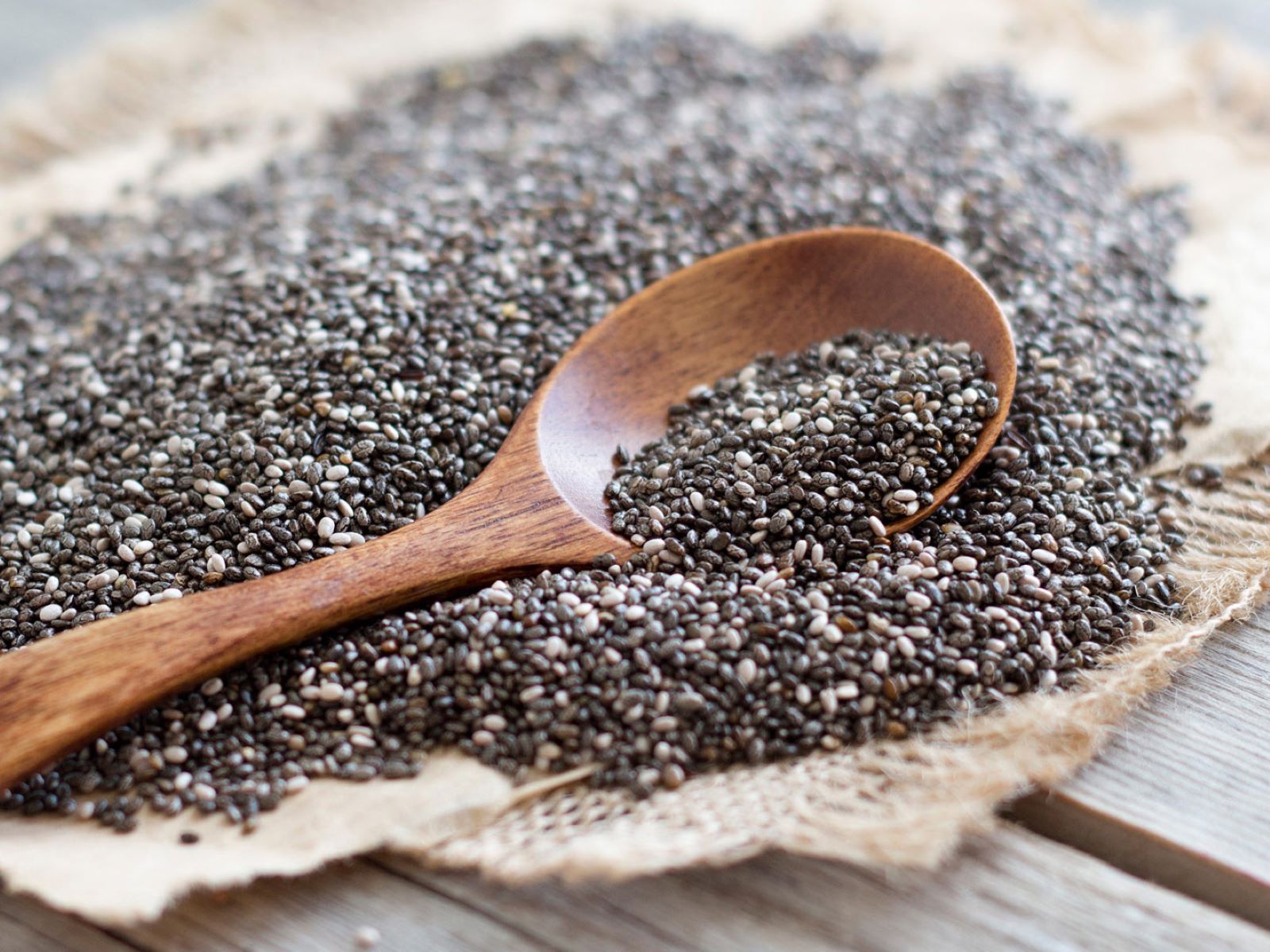
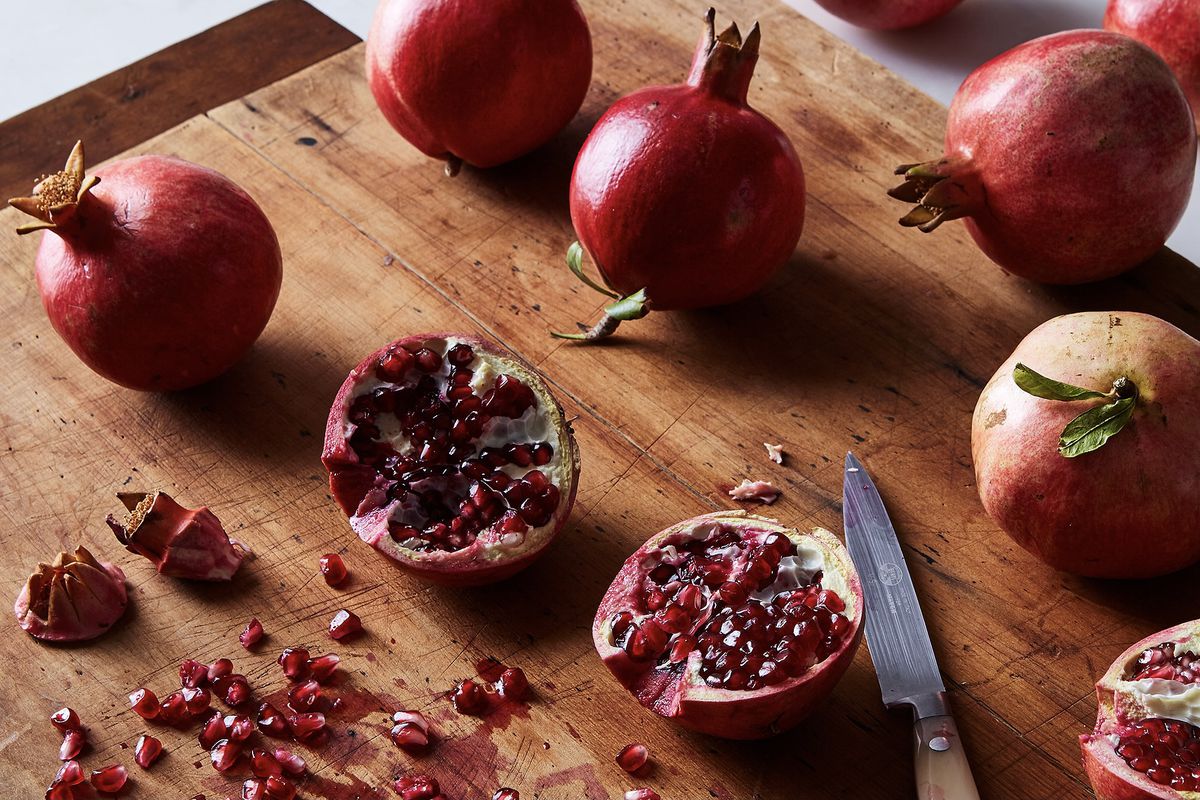
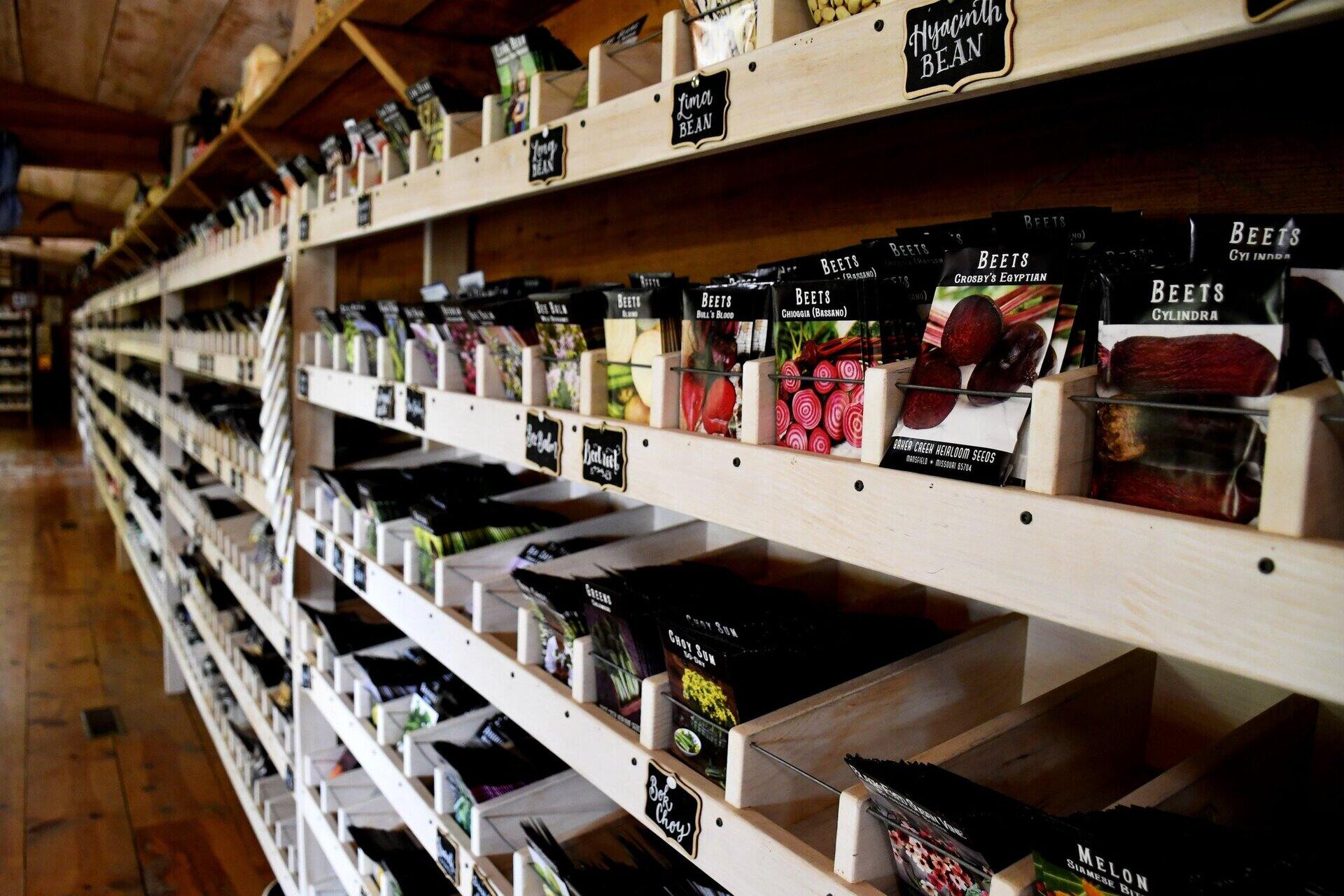
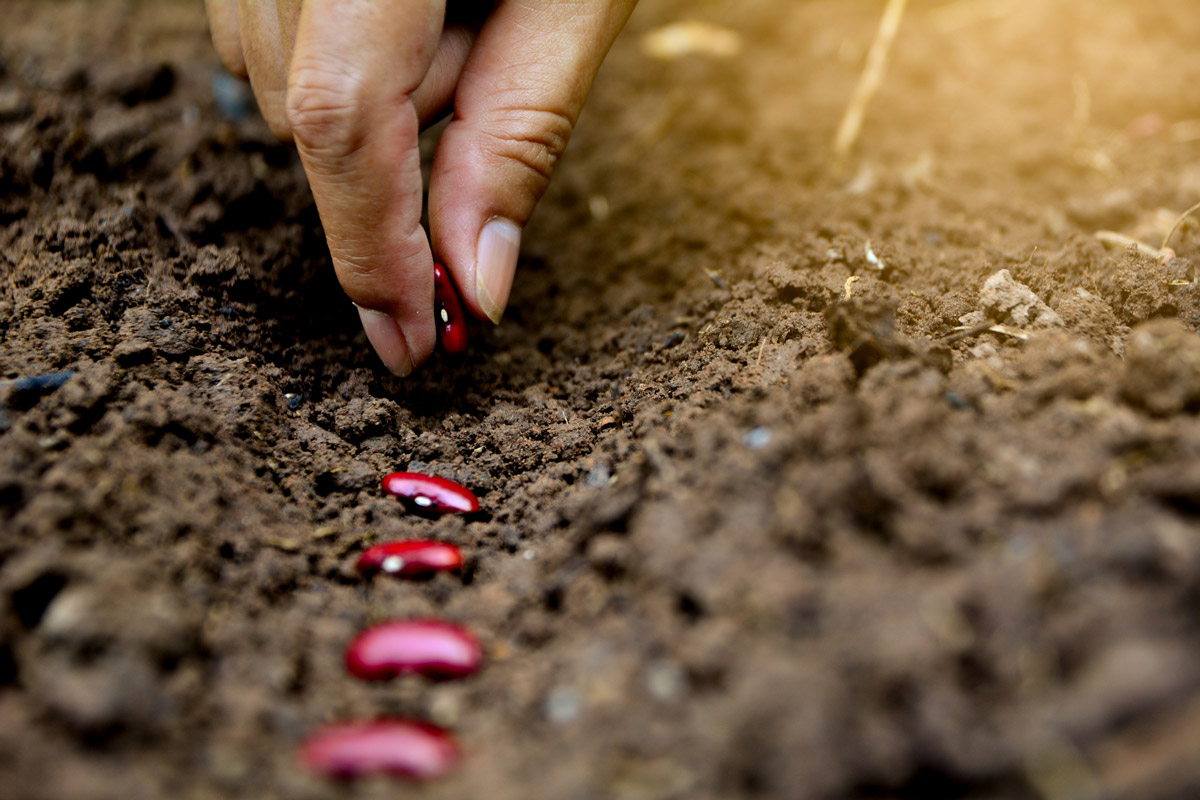
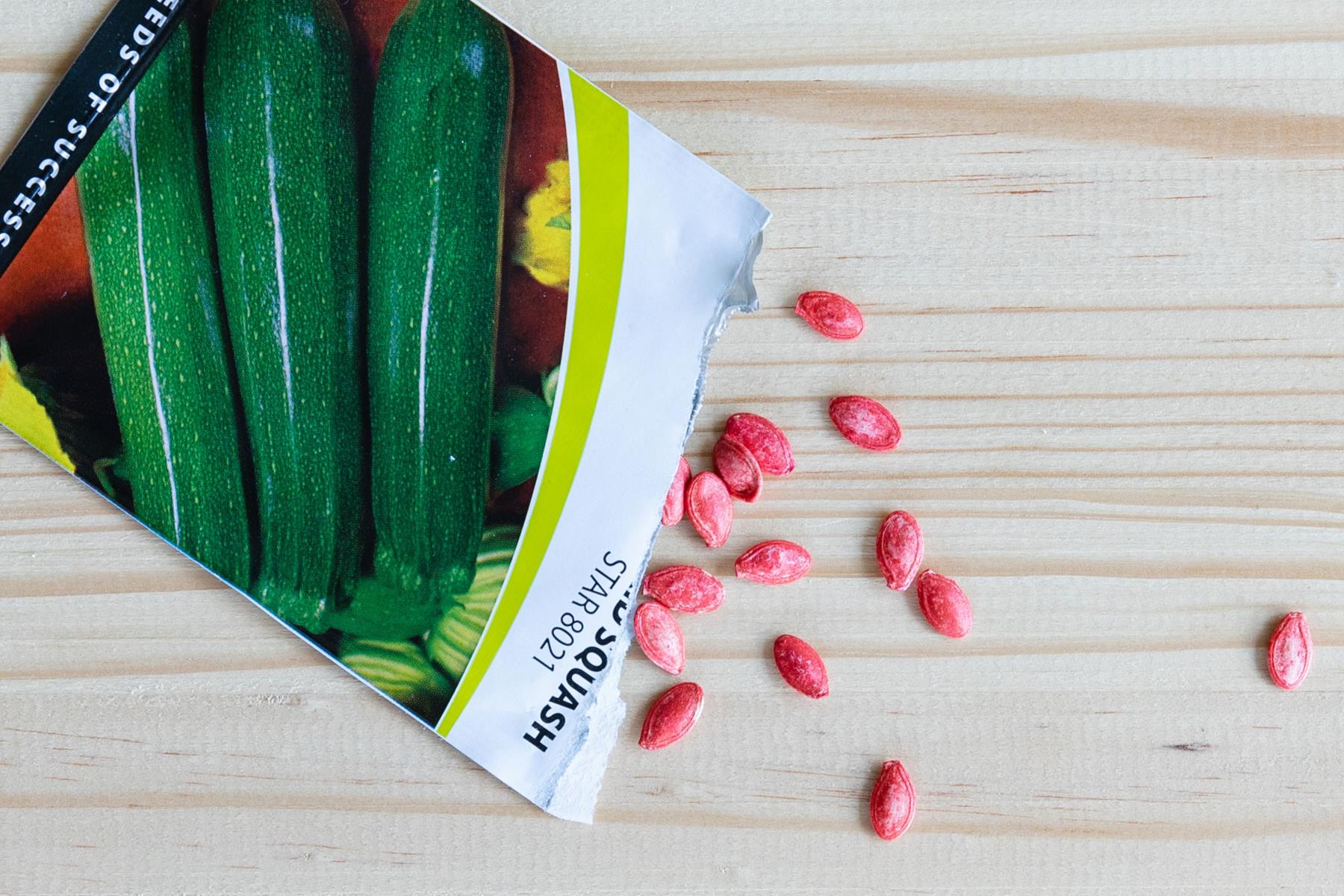
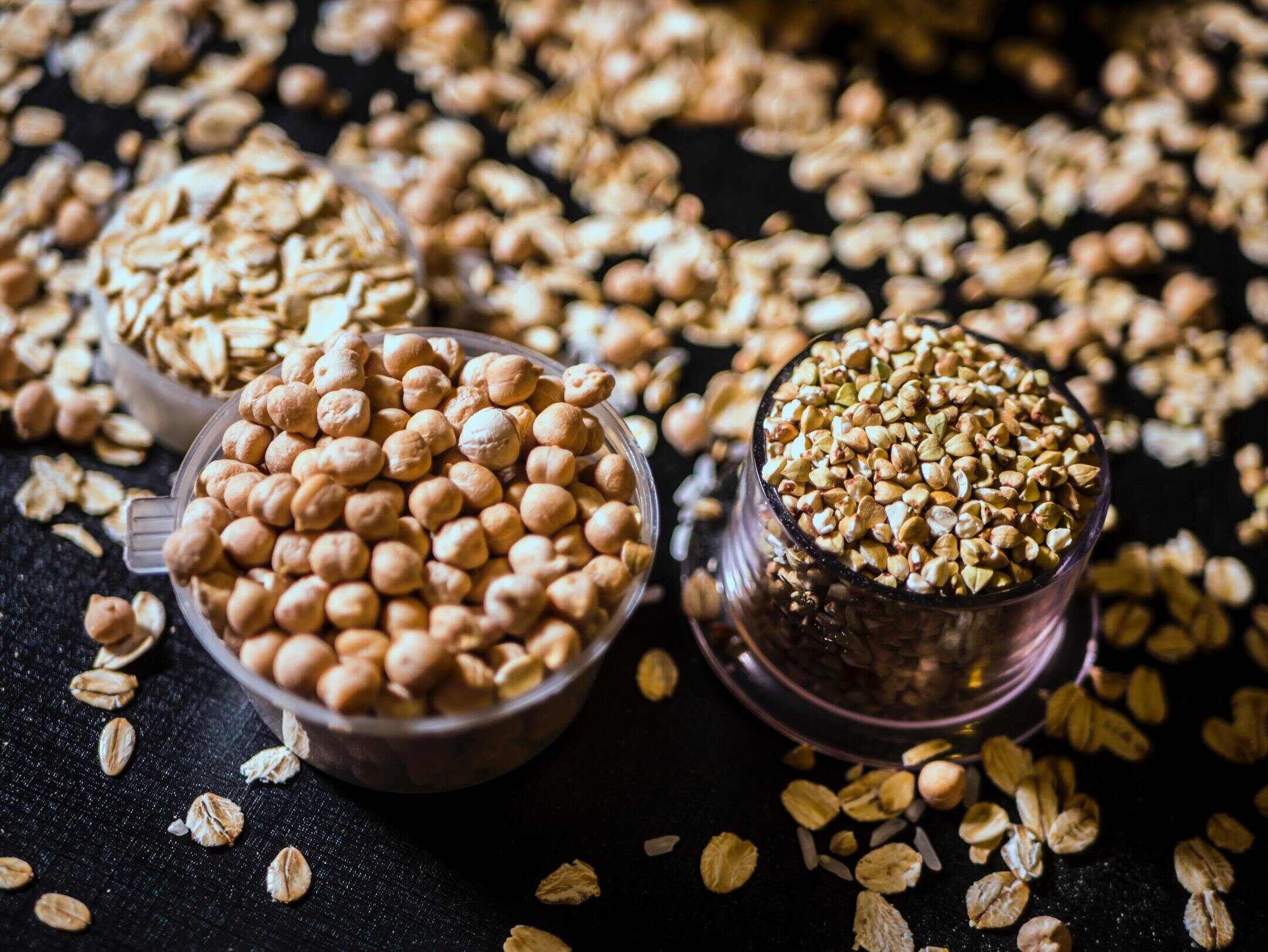
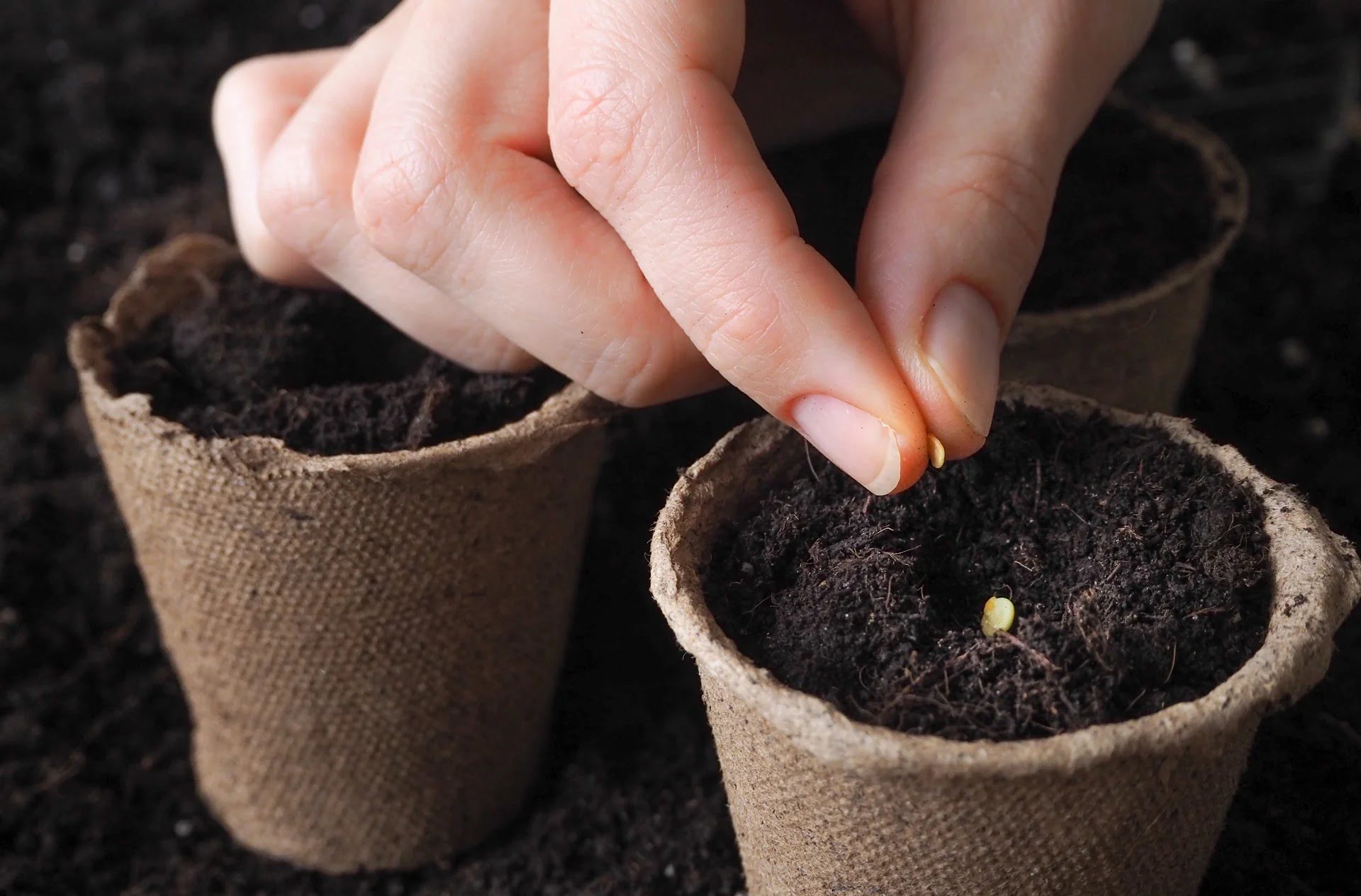
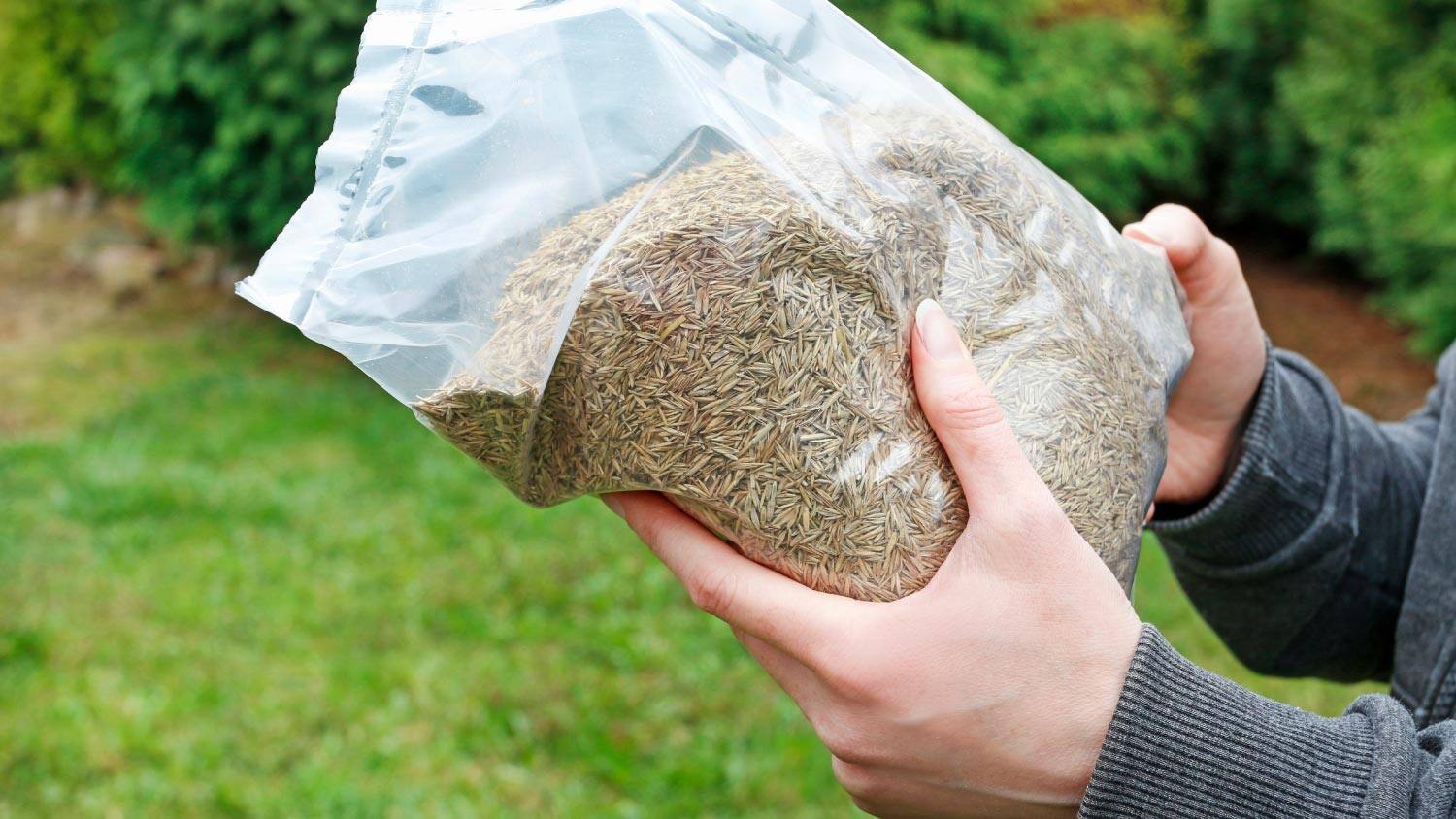
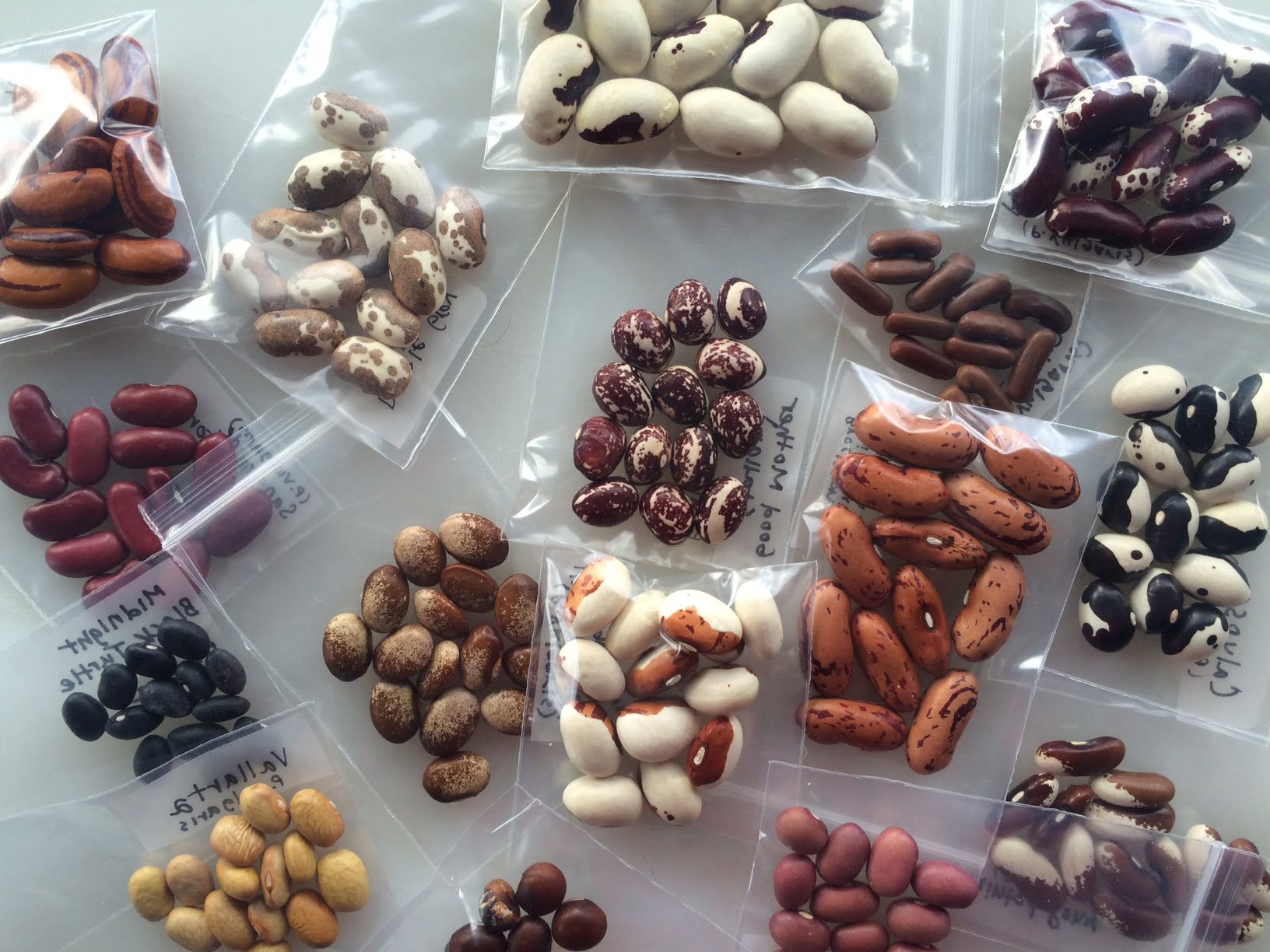
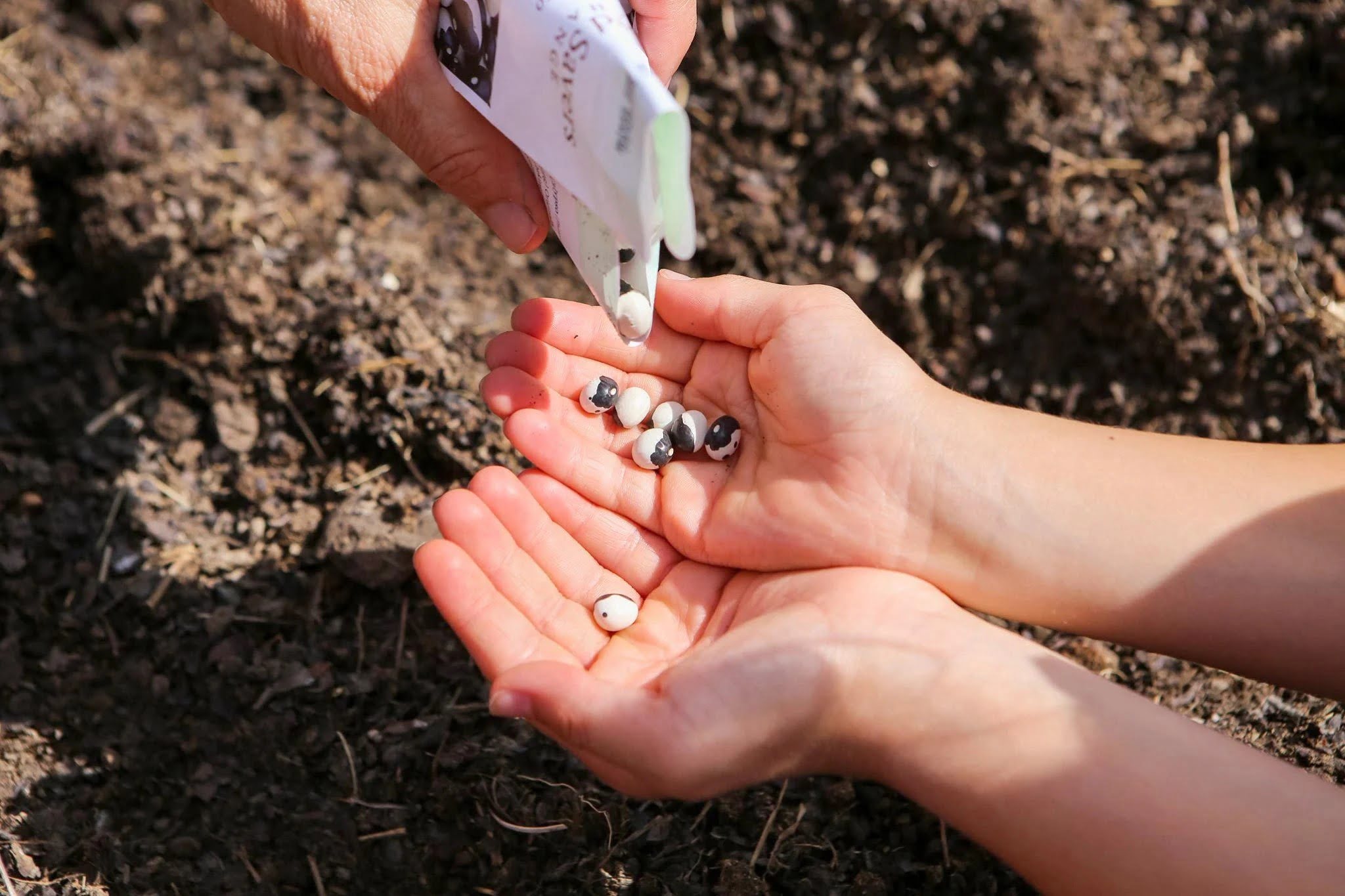
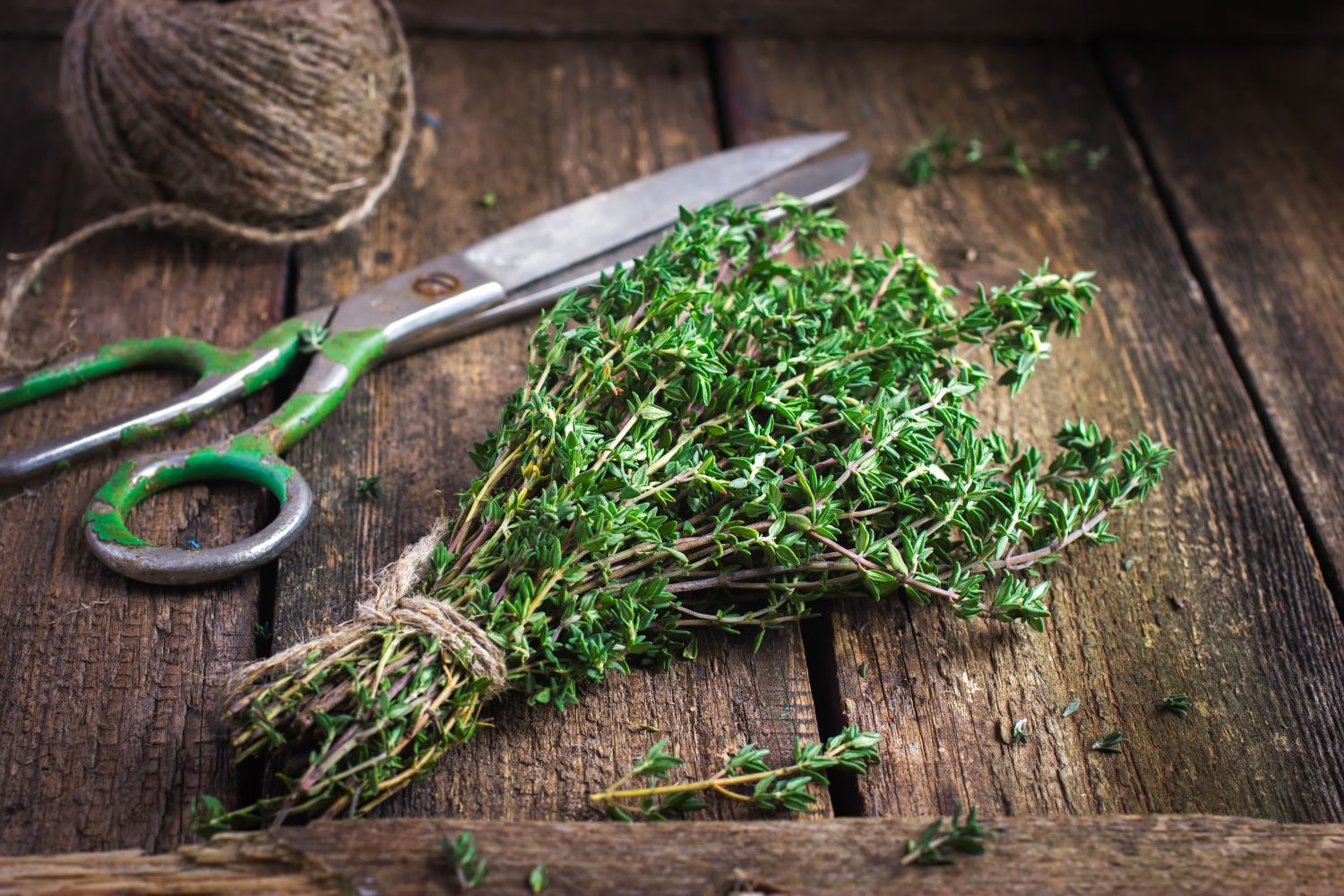
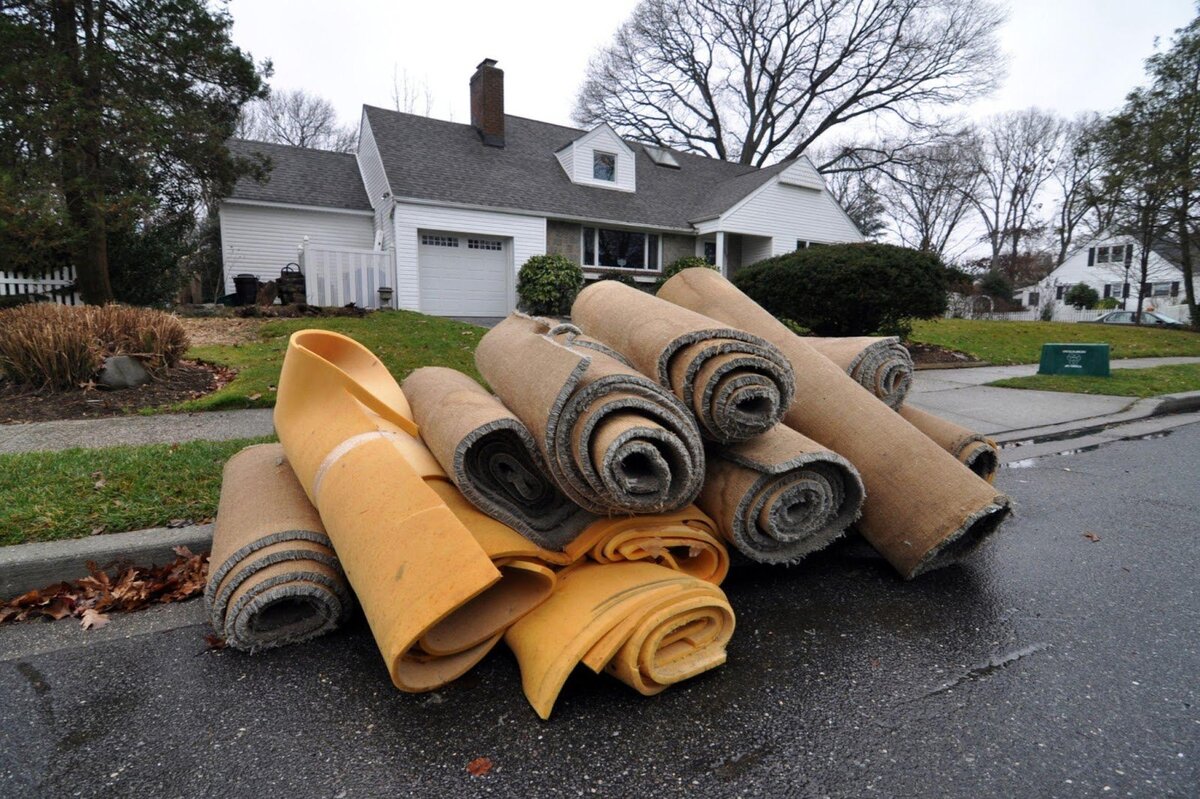
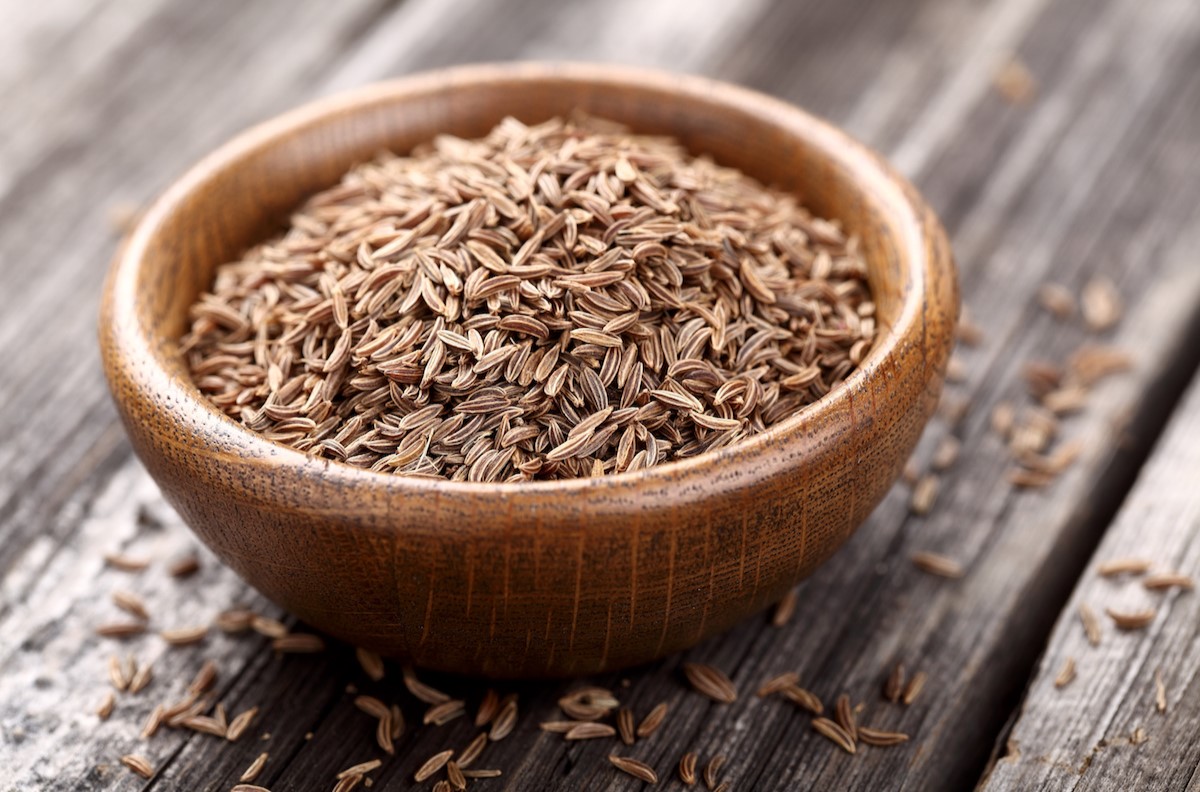
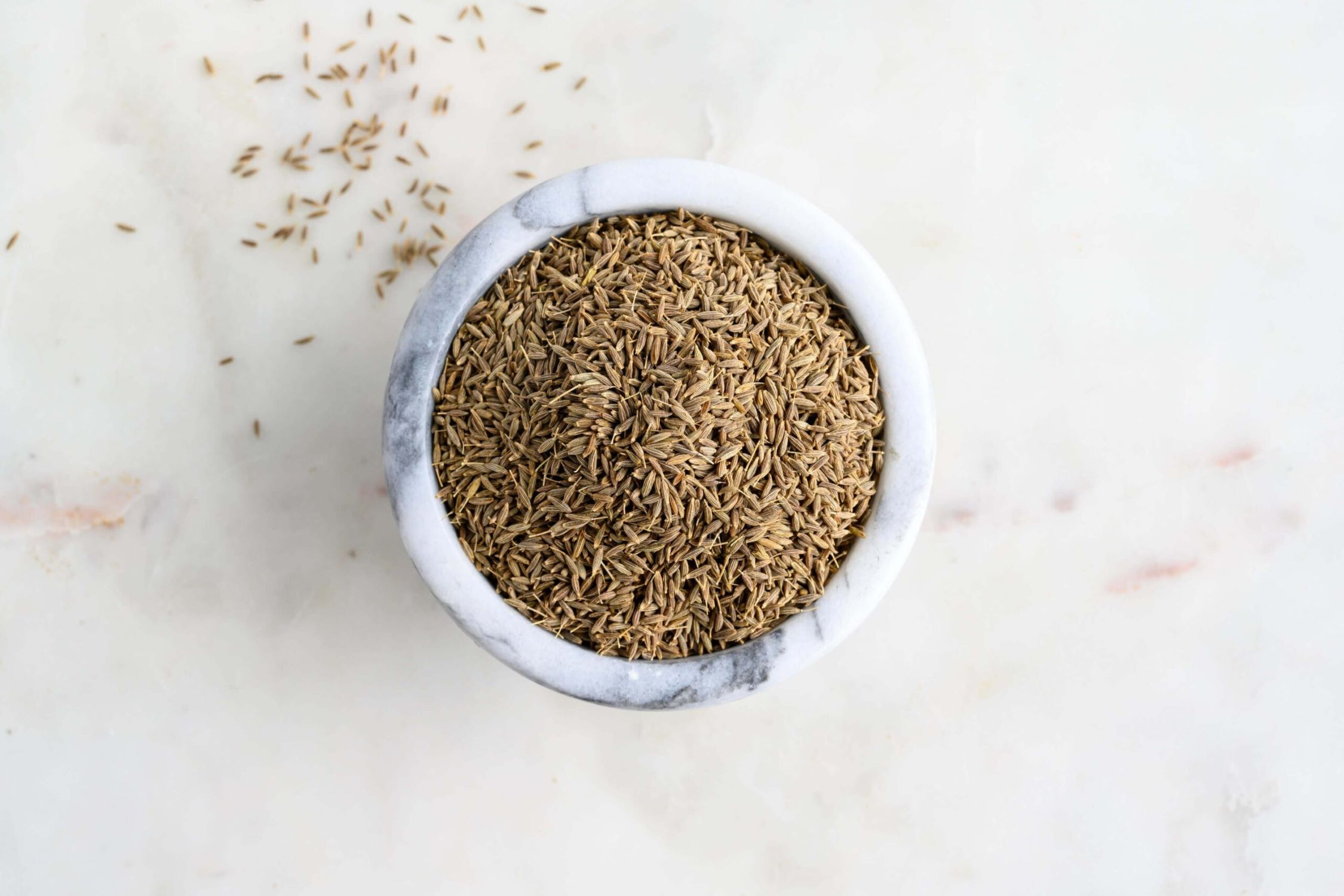

0 thoughts on “How Long Can Heirloom Seeds Last”